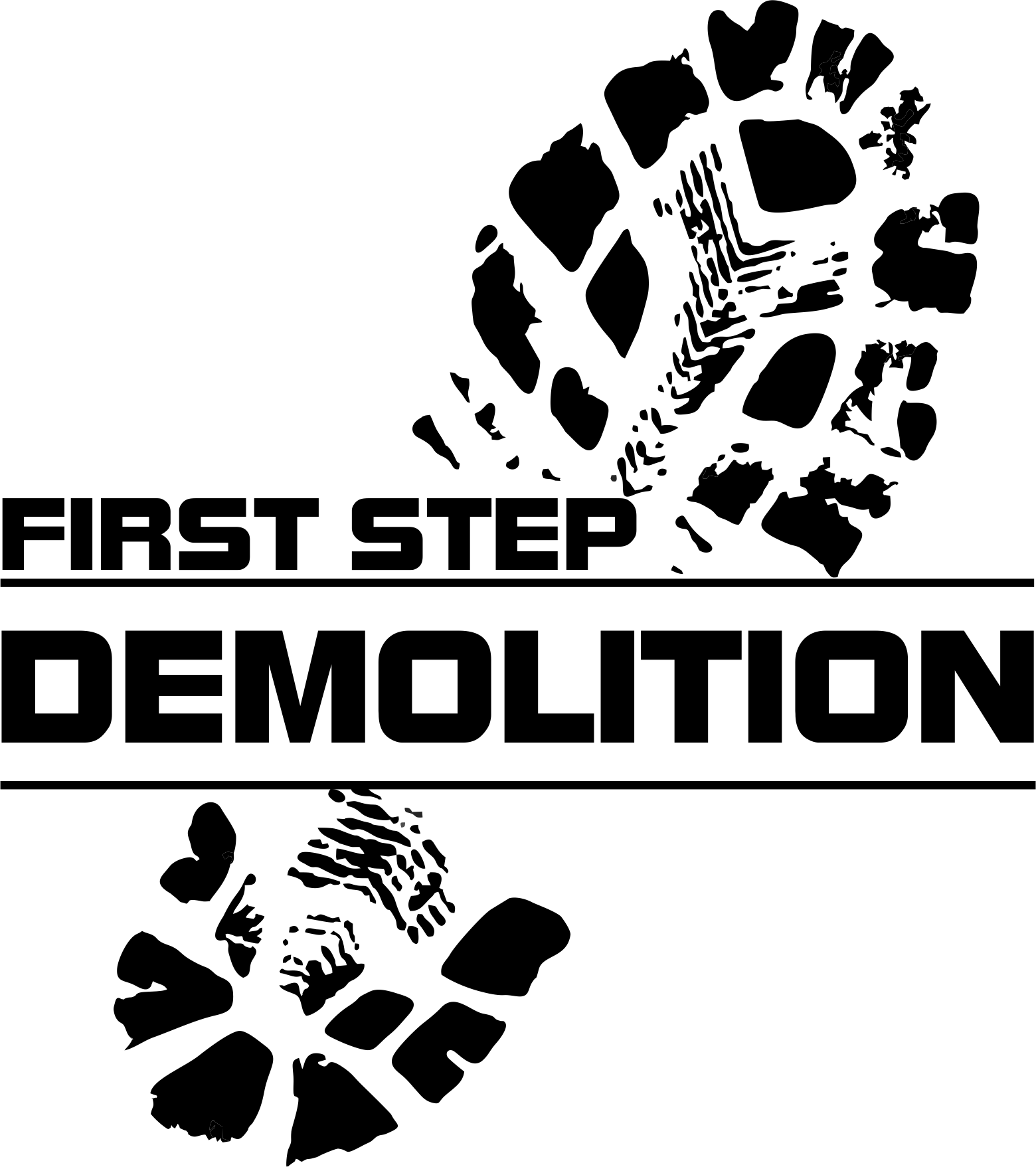Concrete Demolition in Extreme Conditions
What comes to your mind when you hear the word demolition? Most people would probably say wrecking balls, bulldozers, and other heavy machineries. Weather would be the least of what comes to your mind when talking about demolition. However, weather plays a great deal in the world of demolition. Demolition is an intricate process that requires careful planning, precision, and, often, the resilience to weather some challenging environmental conditions. The process becomes even more complex when demolishing concrete structures, as this material is robust, dense, and resilient. When you add the unpredictability of nature into the equation, a challenging task can become daunting. In this blog post, we'll explore the intricacies of concrete demolition in extreme conditions, focusing on cold weather, rain, and other challenging environments.
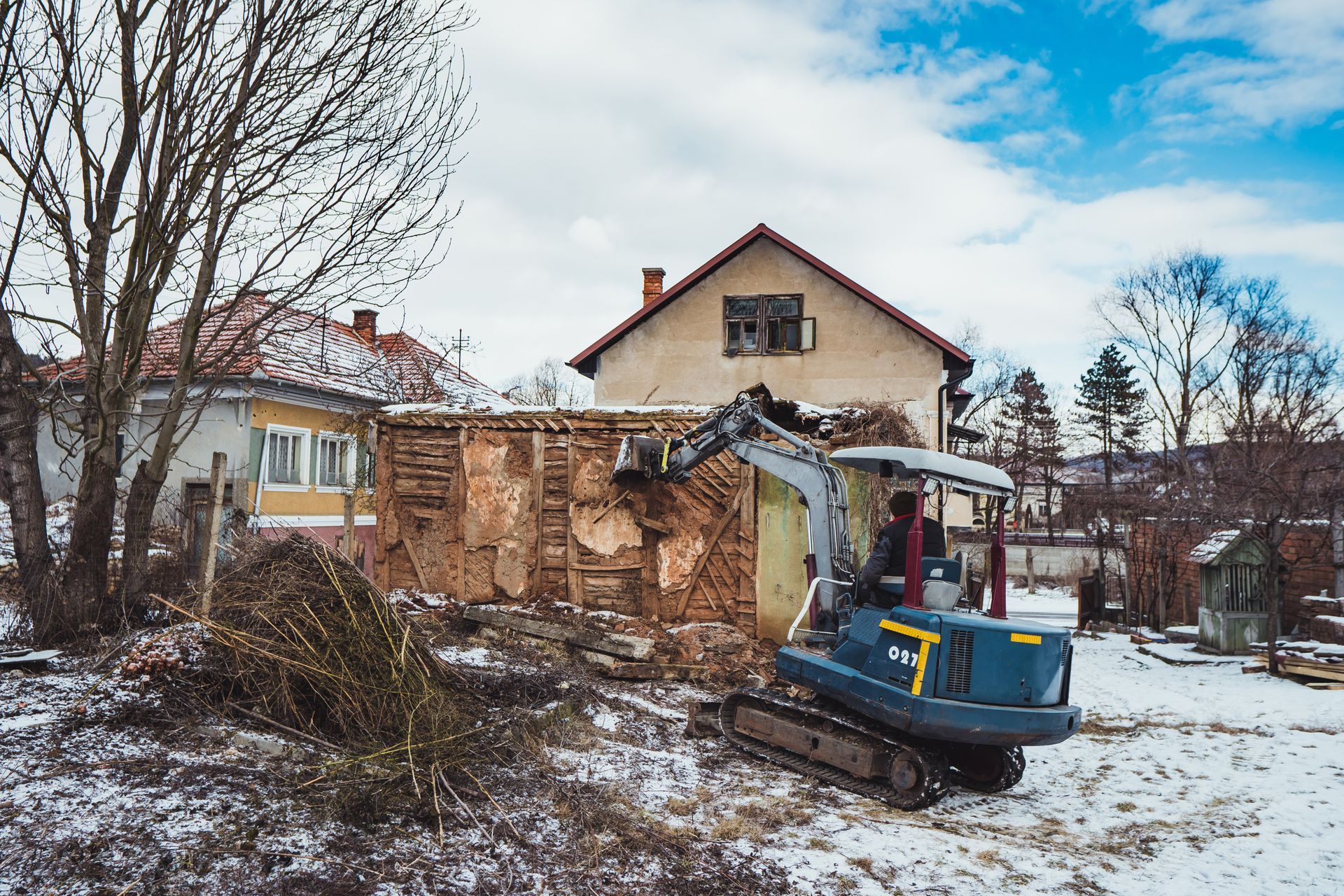
Concrete Demolition in Cold Weather, Rain, and Other Challenging Environments
If you are in the demolition or construction business, you probably consider the weather one of your greatest challenges. Nobody wants to work in harsh environmental conditions after all. It can get troublesome at times. So, here are some challenges and possible solutions during such conundrum.
Cold Weather Concrete Demolition
Cold weather can significantly impact the efficacy of concrete demolition efforts. That is why some demolition or construction companies refuse or delay their work during the winter season.
9 Challenges When Demolishing Concrete in Cold Weather
Demolishing concrete in cold weather introduces several challenges, both from the perspective of material behavior and operational efficiency. Here are the primary challenges associated with cold weather concrete demolition:
Brittleness of Concrete
Cold temperatures can make concrete more brittle. While this might seem like a boon for demolition, it can also mean that the concrete breaks unpredictably, potentially posing safety risks.
Equipment Performance
Machinery and tools used for demolition can become less effective in cold conditions. Hydraulic tools and equipment can experience reduced efficiency due to the thickening of hydraulic fluids, and batteries can drain faster in cold temperatures.
Worker Safety and Efficiency
Cold weather poses a direct risk to workers. There's an increased risk of frostbite, hypothermia, and other cold-related injuries. Additionally, workers might need to take more frequent breaks, reducing overall productivity.
Ground Conditions
Frozen ground can be challenging for machinery to navigate. On the flip side, if there's a thaw or if snow melts, the ground can become muddy and slippery, posing additional operational challenges and safety risks.
Material Removal
Frozen chunks of concrete and rebar can be more challenging to handle, transport, and process for recycling or disposal.
Equipment Maintenance
Cold conditions can exacerbate wear and tear on machinery. There's also the potential for parts to become brittle or for diesel fuel to gel, hampering machinery performance.
Setting and Curing of Repair Materials
If demolition is part of a repair or retrofit operation, cold weather can impact the setting and curing of new concrete or repair materials.
Increased Costs
Cold weather can lead to increased operational costs. This could be due to the need for additional heating equipment, more frequent equipment maintenance, or simply longer project durations because of reduced efficiency.
Sealing and Protection
If the demolished area needs immediate sealing or protection (for instance, to avoid water ingress), cold conditions can make the application of sealants or protective layers challenging due to the temperature and wetness.
To effectively address these challenges, proper planning, appropriate equipment, and protective measures are essential. Regular safety briefings and ensuring the crew is equipped with the right cold-weather gear can also help mitigate risks.
Solutions For Such Predicament in Cold Weather
Of course, all problems have solutions. Hence, if you experience such predicament mentioned above, below are your solutions:
Pre-treatment: Use heated blankets or ground heaters to keep the concrete above freezing point before starting demolition.
Equipment maintenance: Regularly inspect machinery for signs of wear and tear exacerbated by cold conditions. Keep machinery well-oiled to prevent freezing.
Worker safety: Provide workers with protective clothing, regular breaks in heated areas, and training on cold weather safety measures.
Demolishing Concrete in Rainy Conditions
Rain can be both a boon and a bane during demolition. Below are the ten possible challenges you may encounter when demolishing concrete in rainy days:
10 Challenges You Can Encounter When Demolishing Concrete in Rainy Conditions
Demolishing concrete in rainy conditions poses unique challenges, particularly concerning safety, equipment performance, and operational efficiency just like working in cold weather. They do have some differences though. Here are the main challenges faced when carrying out concrete demolition in the rain:
Slippery Conditions
Rain can make surfaces slippery, increasing the risk of accidents. This is particularly concerning on demolition sites, where workers might be navigating uneven terrain or piles of rubble.
Equipment Performance
Wet conditions can make it more difficult to handle machinery, particularly electrical tools, which can become hazardous when wet. Water ingress can also damage machinery and equipment.
Compromised Visibility
Heavy rain can reduce visibility, making it challenging for equipment operators to see clearly and increasing the risk of accidents.
Ground Conditions
Saturated ground can become muddy and unstable. This can pose challenges for heavy machinery which may become stuck or could slide unexpectedly.
Material Handling and Disposal
Wet debris is heavier and more challenging to handle than dry debris. It can also increase transportation costs and potentially pose issues at disposal or recycling sites.
Flooding
In areas prone to flooding or with poor drainage, heavy rain can flood the demolition site, halting work and potentially damaging equipment.
Environmental Concerns
Runoff from demolition sites can contaminate local water sources. This runoff might contain harmful substances from the demolition process or the demolished structure itself.
Delay in Operations
Rain can lead to work stoppages, especially if it's heavy or persistent. This can result in project delays and increased costs.
Setting and Curing of Repair Materials
If the demolition is part of a larger repair or construction project, rainy conditions can affect the setting and curing of new concrete, sealants, or other repair materials.
Deterioration of Exposed Areas
Continuous exposure to rain can accelerate the deterioration of any parts of the structure that remain standing or need to be preserved.
To manage these challenges, it's essential to have a comprehensive rain plan in place, ensuring proper site drainage, protecting equipment, and ensuring workers are equipped with appropriate rain gear. Regular safety briefings and continuous monitoring of weather conditions are also crucial to mitigate risks and make informed decisions during the demolition process.
Solutions For Such Predicament in Rainy Conditions
Water drainage: Ensure proper site drainage to prevent water accumulation.
Water-resistant equipment: Use water-resistant equipment and barriers to protect the machinery.
Use of proper gear:
Prioritize worker safety with non-slip footwear, rain gear, and added caution during heavy downpours.
Demolition in Other Challenging Environments
a. High-altitude zones: The reduced oxygen levels can affect both machinery performance and worker health. It's crucial to have specialized equipment and trained personnel familiar with high-altitude working conditions.
b. Coastal areas: The salty air can accelerate corrosion of machinery. Regular cleaning and maintenance, along with the use of corrosion-resistant materials, can help tackle this challenge.
c. Dusty environments: Excessive dust can affect visibility and worker health. Using dust control measures, like water sprays or dust control mats, can be beneficial.
Conclusion
Concrete demolition in extreme conditions is undeniably challenging. However, with the right equipment, preparation, and safety protocols, it's possible to carry out the task efficiently. It's essential to understand the unique challenges each environment poses and prepare accordingly to ensure worker safety and project success.
First Step Demolition
Are you facing a demolition challenge? Are you having a hard time dealing with it? Well then, it’s time to call the help of professionals! Navigating the complexities of concrete demolition in extreme conditions can be a daunting task. Whether you're grappling with the icy grip of winter, the unpredictability of rain, or other challenging environments, you don't have to face it alone. First Step Demolition specializes in concrete demolition under the most demanding conditions. We're equipped with the right tools, techniques, and trained personnel to ensure your project's success, no matter the weather or location.
Don't let Mother Nature put your project on ice. With First Step Demolition, we'll turn those challenges into stepping stones.
Contact us today and take the first step towards a successful demolition project!
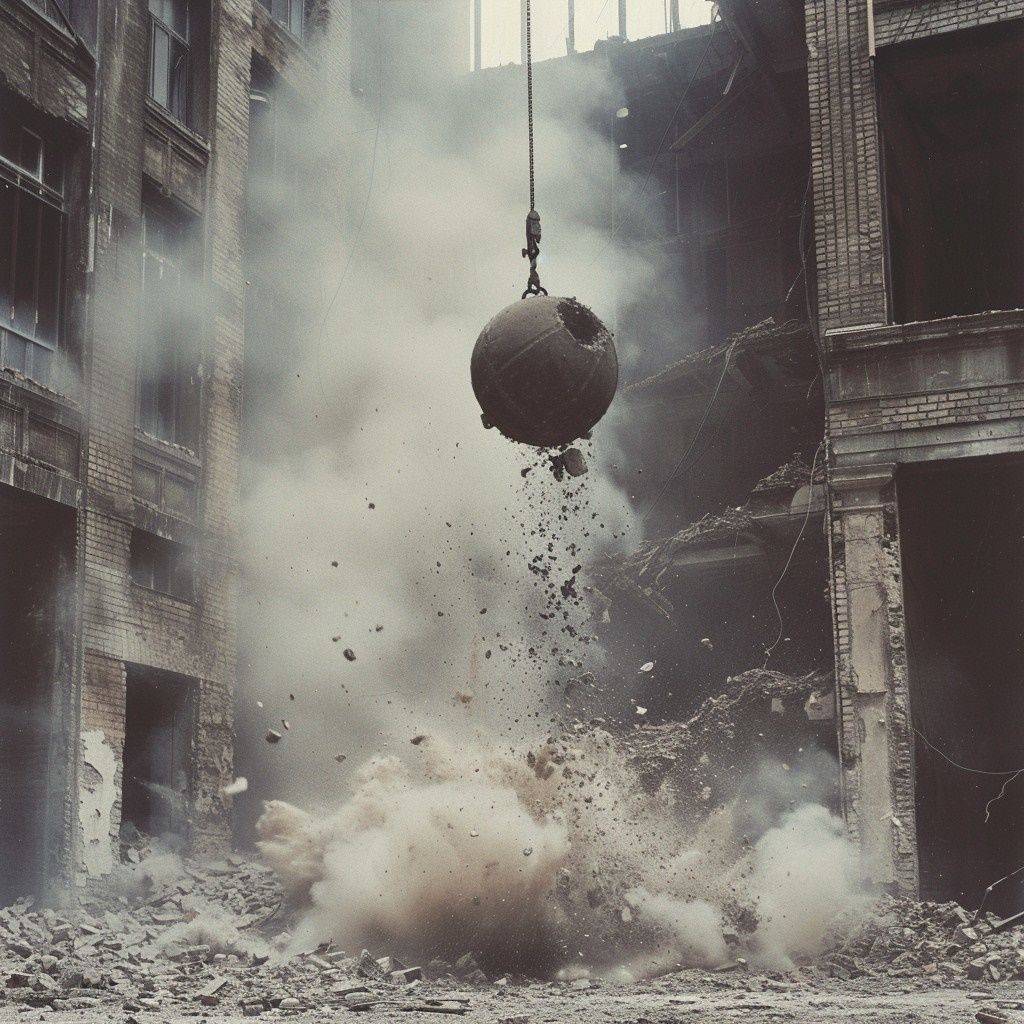
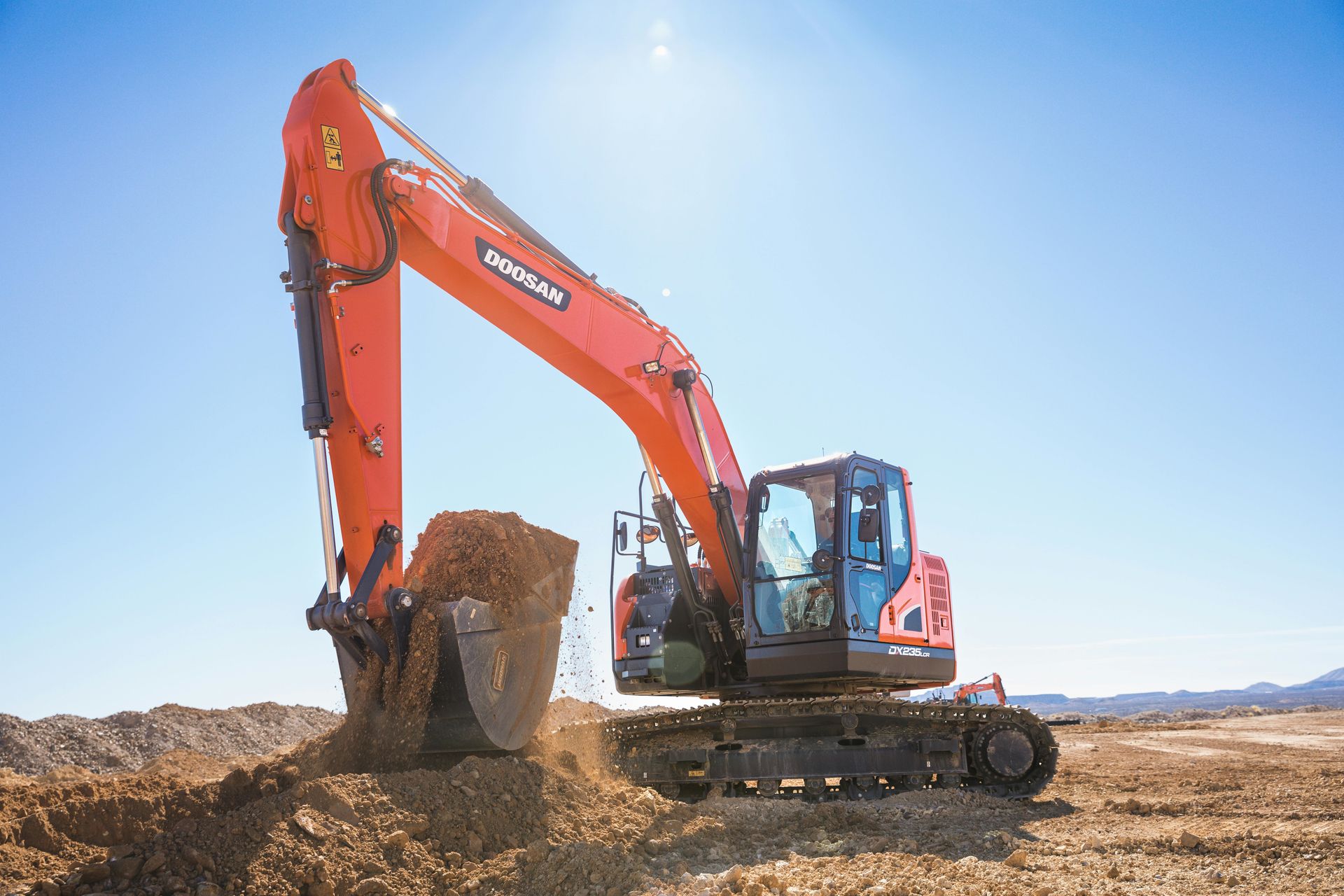
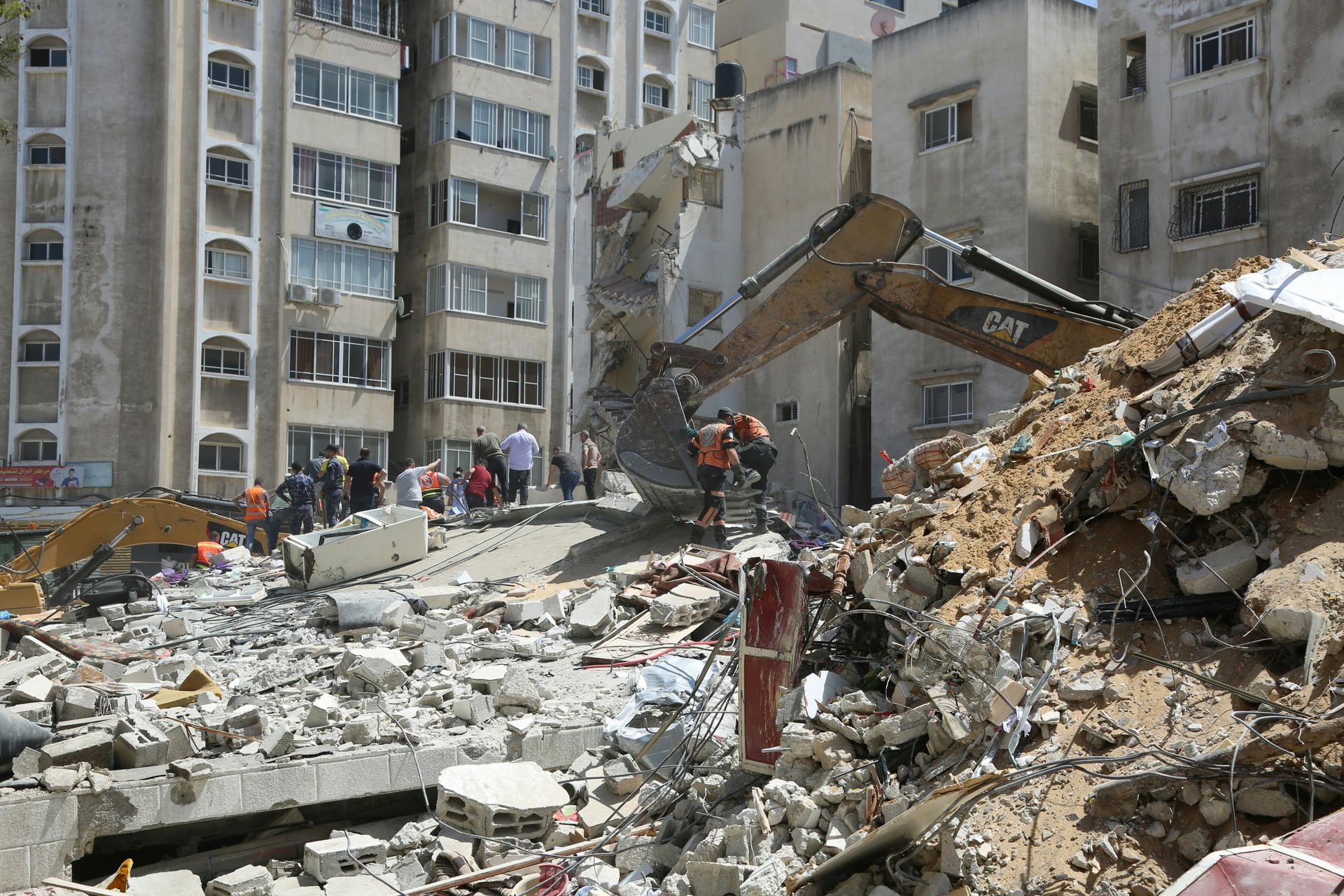
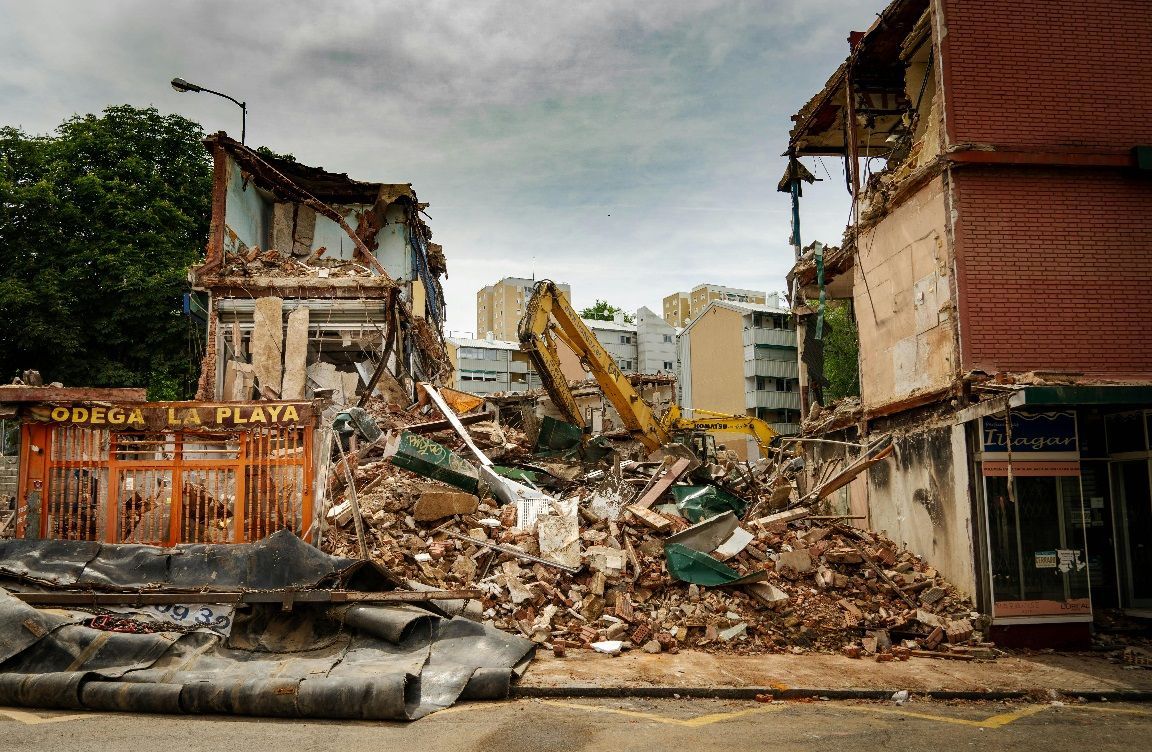
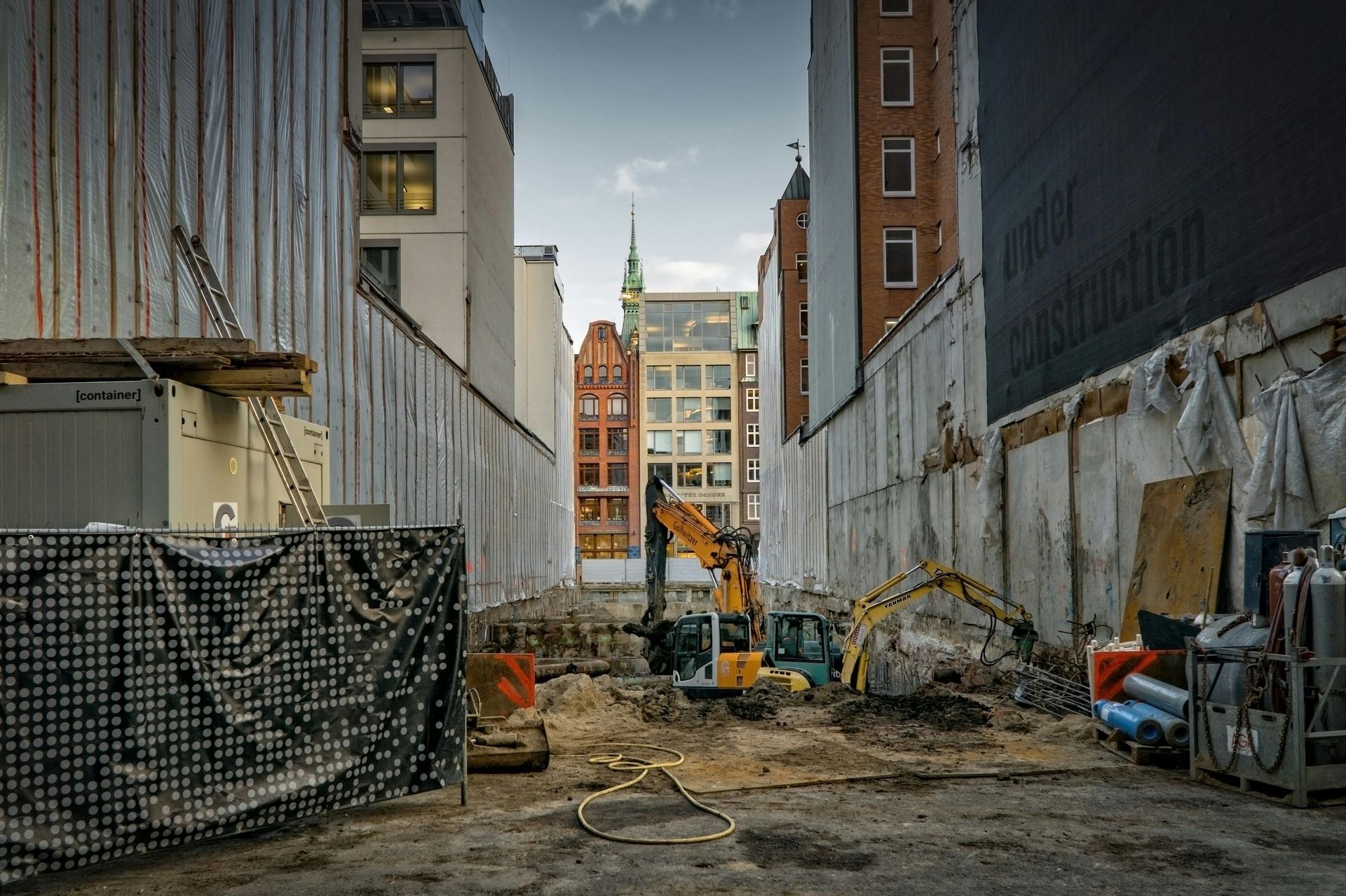
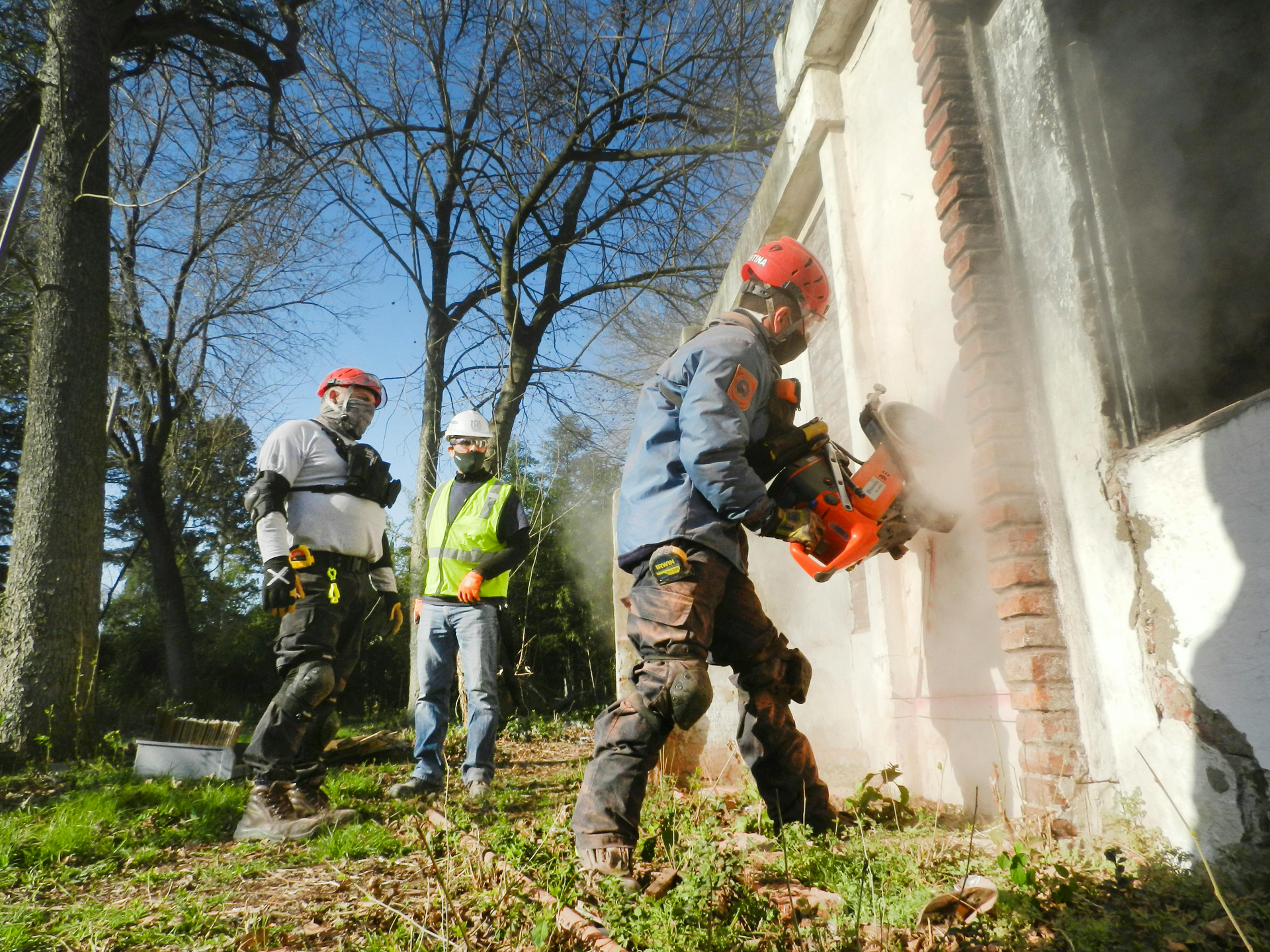


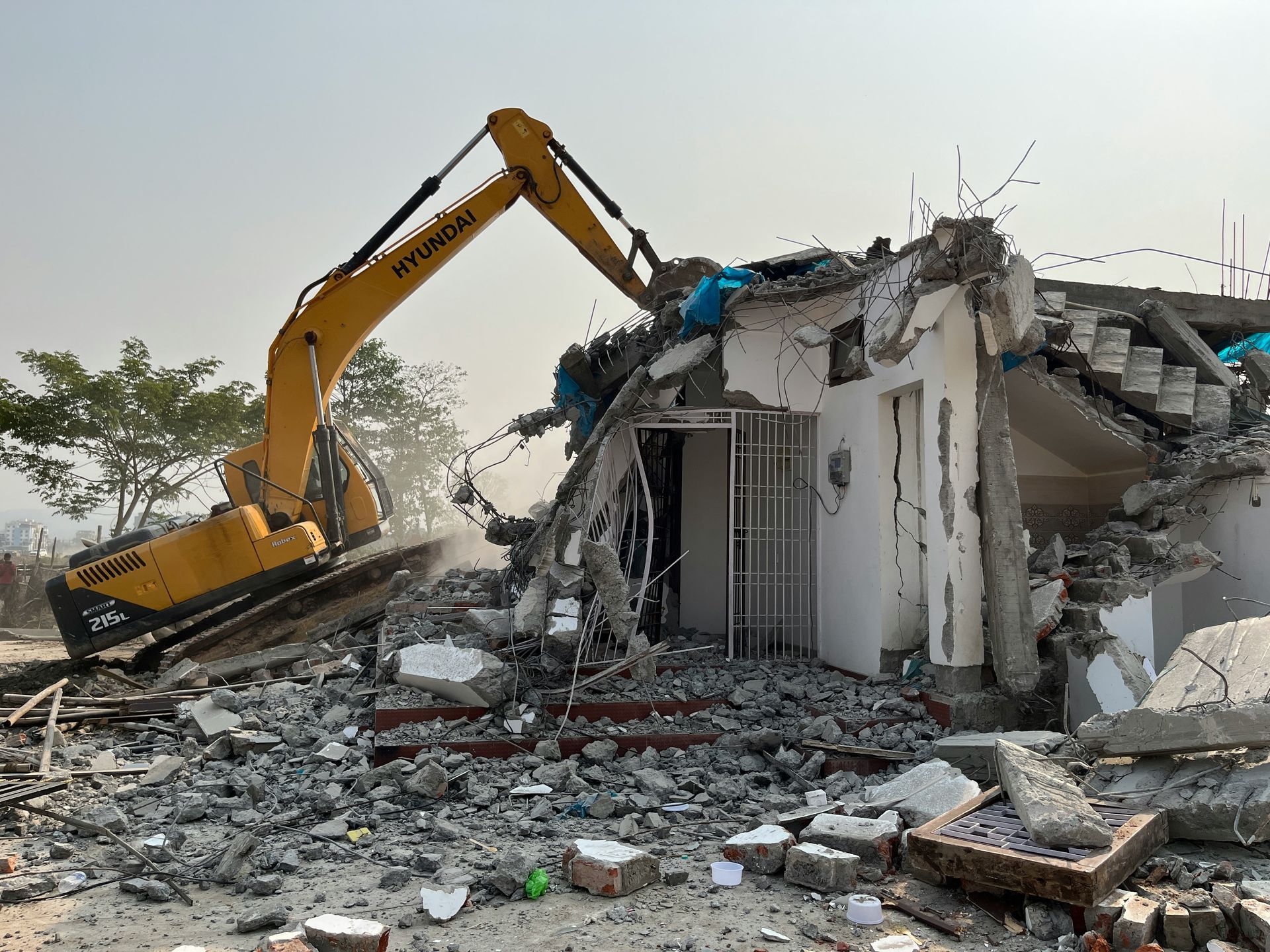
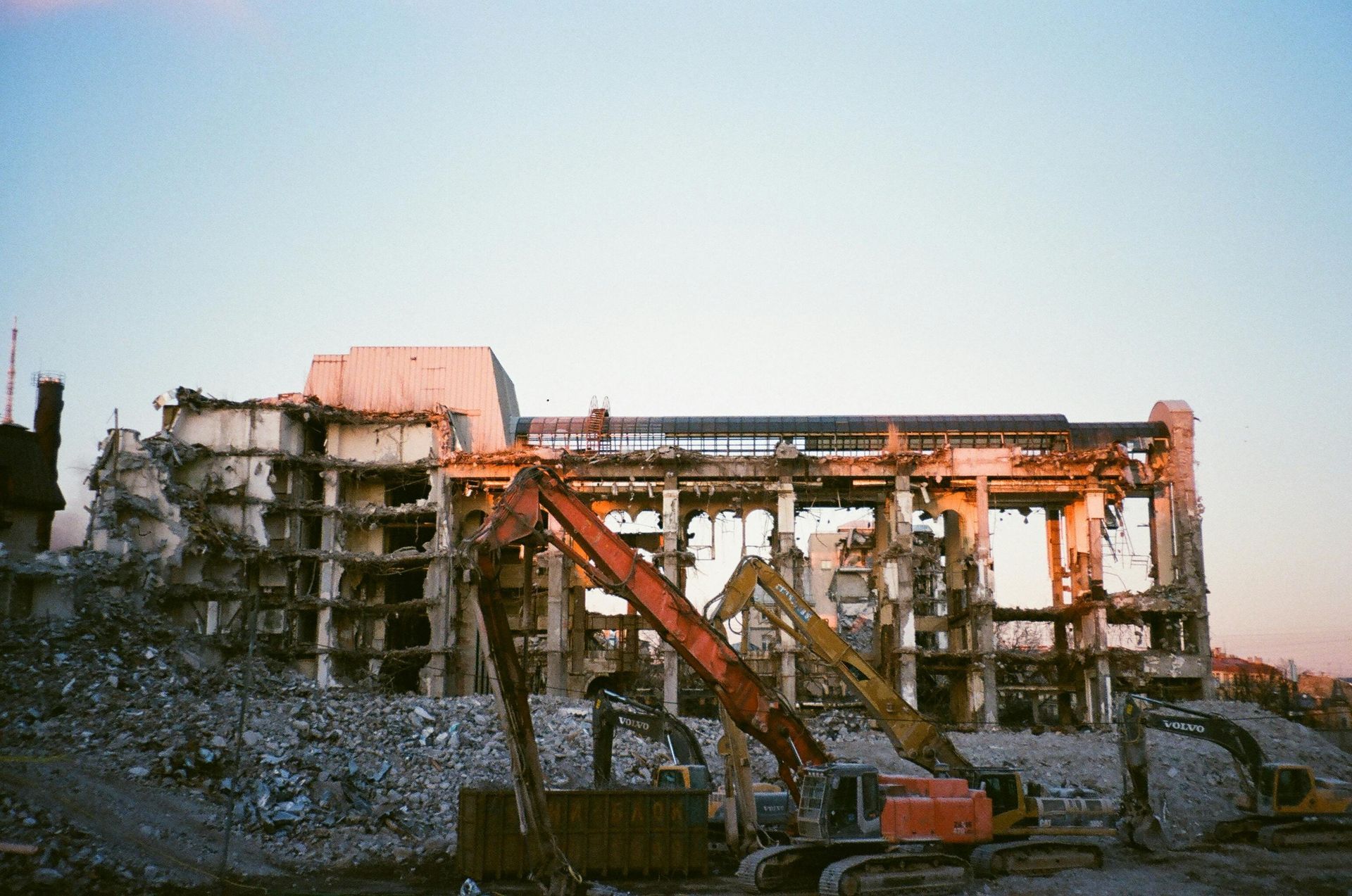
FIRST STEP DEMOLITION PROVIDES COMMERCIAL AND RESIDENTIAL DEMOLITION AND SITE PREP SERVICES TO CUSTOMERS THROUGHOUT ARIZONA.
OUR WEBSITE
OUR COMPANY HAS HIGH SAFETY STANDARDS AND COMPLIES WITH ALL OSHA REQUIREMENTS
Website Designed by: Kickass Websites
